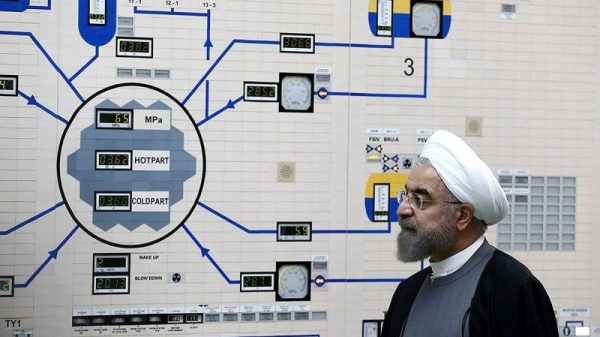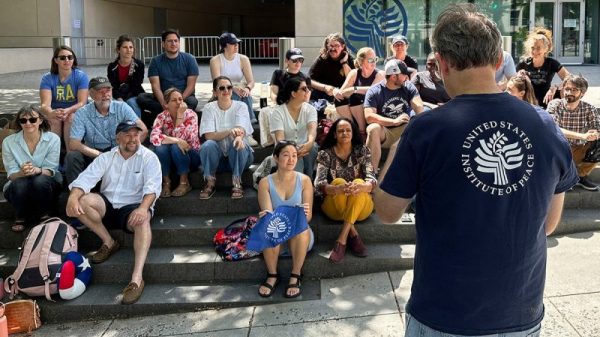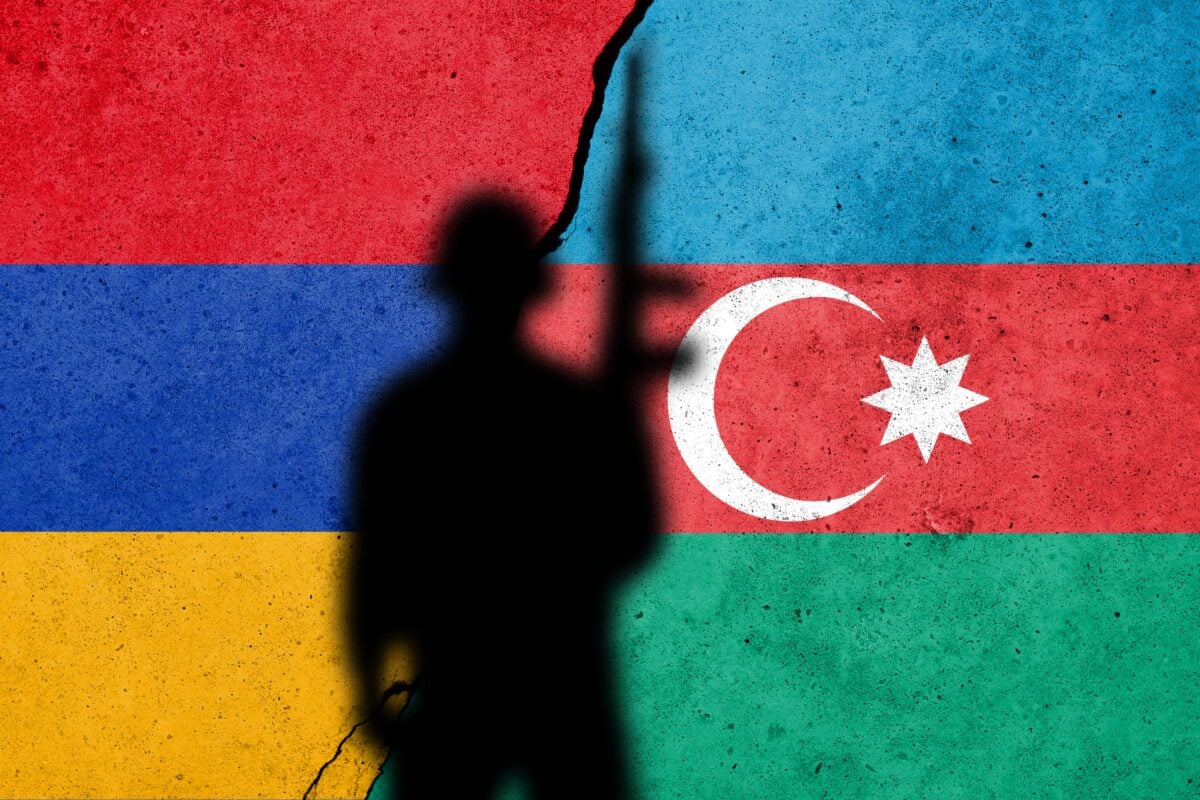`)
}
});
} else {
$(‘.blur’).css({
‘background’: ‘linear-gradient(95deg, #4e4e4e 25%, #000 45%, #bbb 75%, #FFFFFF 100%) 98%/200% 100%’,
‘text-transform’: ‘inherit’,
‘-webkit-background-clip’: ‘text’,
‘background-clip’: ‘text’,
‘-webkit-text-fill-color’: ‘transparent’
})
$(“.wpb_content_element”).append(`
Want to read more?
Click on the button below to access all premium content
articles by purchasing one of our educational packages
`)
}
});
What does the future hold for the Nagorno-Karabakh Conflict?
The Nagorno-Karabakh conflict between Armenia and Azerbaijan has been one of the longest-running disputes in the Caucasus region. On September 19th Azerbaijan launched what it described as an “anti-terror strike” on the Armenian-majority region. Within 24 hours the Armenian-backed de facto government agreed to disarm and dissolve its military. This article aims to provide an understanding of the conflict, its historical background, and what may happen next.
The roots of the Nagorno-Karabakh conflict can be traced back to the early 20th century when Armenia and Azerbaijan emerged as independent nations following the collapse of the Russian Empire. The region of Nagorno-Karabakh, populated mostly by ethnic Armenians, found itself under the control of an Azerbaijani government. This led to tensions between the two communities, as the Armenians sought greater autonomy and eventually independence.
A combination of historical, ethnic, and territorial factors has fueled the Nagorno-Karabakh conflict ever since. The desire for self-determination among the ethnic Armenian population clashed with Azerbaijan’s claim over the region. Armenia supports the self-proclaimed Republic of Artsakh, which has governed the Nagorno-Karabakh region. Azerbaijan, on the other hand, seeks

































